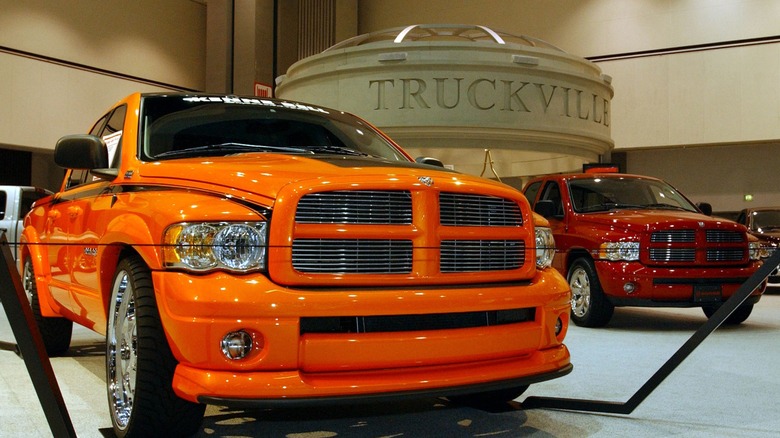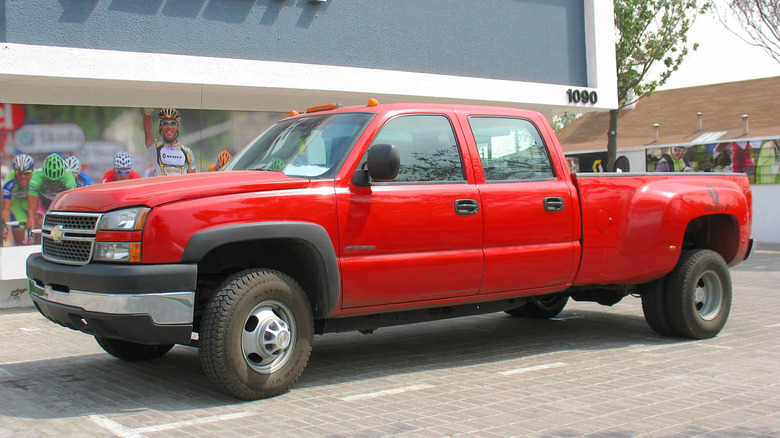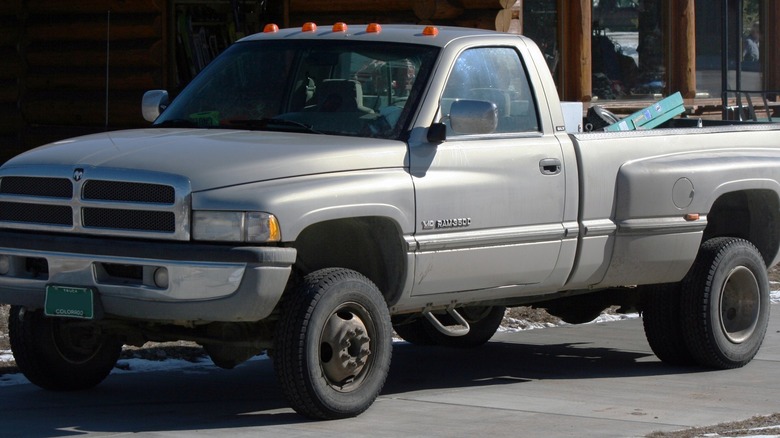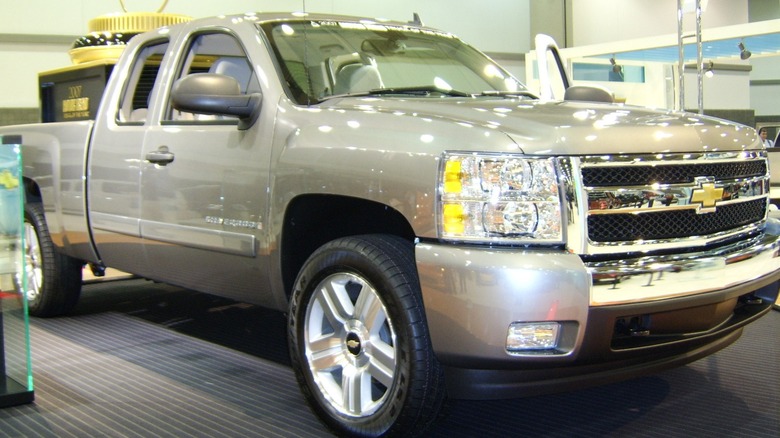Truck Engine Showdown: GM 8.1L Vortec V8 Vs. Dodge 8.0L Magnum V10
With 50-plus years of development behind them, big displacement engines like General Motors' 8.1-liter Vortec V8 and Dodge's 8.0-liter Magnum V10 were two of the largest engines ever placed in consumer-grade vehicles. Their fate was sealed in much the same way as the muscle car era big block, with fuel economy and emissions concerns reducing their potency to levels achievable by smaller displacement versions. This time it appears they're gone for good, as the mid-2000s saw the last of their kind.
Neither of these power plants existed during the muscle car era, of course. However, they each owe their existence to engine design evolution driven by the search for horsepower and torque in an economical and efficient package. Either that, or a group from the marketing team convinced someone that bigger is always better and funded a couple of engineering science projects to see what would happen.
Whatever led to their creation, the world was blessed for a short time with these two behemoths. So, let's take a look at the specs and declare a winner in this truck engine showdown.
A closer look at the General Motors 8.1-liter Vortec V8
The 8.1-liter Vortec V8 from General Motors, also known as the 8100 Vortec, is presumably the last big block V8 engine from the automaker. With 8100 Vortec production ranging from its introduction for the 2001 model year until its departure after 2007, you may wonder what the difference is between a Vortec and the popular LS engine design from the same period. GM's LS engines were designed for high-end Chevrolet Corvettes. Vortec engines, used primarily in GM pickups and SUVs, share enough LS design features that some experts use the LS moniker to cover Vortec engines as well.
The 8.1-liter Vortec shares the same 4.25-inch diameter cylinder bore as the venerable 454 cubic-inch big block. However, its longer crankshaft stroke, 4.37 inches compared to the 454's 4.00-inch value, increased the 8100's displacement to 496 cubic-inches. The longer crankshaft stroke required modifications to the Gen-VI big block, including increasing the deck height, using longer connecting rods, and extending the four-bolt main treatment to all five main bearing caps.
GM engineers used lessons taken from LS intake and exhaust manifold designs and applied them to the 8100 Vortec. Gone are the old 7.4-liter engine's mix of short and long intake ports and Siamese exhaust ports, replaced instead with nearly symmetrical, equal length intake runners and evenly spaced exhaust ports. The result is up to 340 horsepower and 455 lb-ft of torque, depending on the vehicle and trim it's found in.
[Featured image by order_242 via Wikimedia Commons | Cropped and scaled | CC BY-SA 2.0]
Dodge 8.0-liter Magnum V10 specs
Some rate the Dodge 8.0-liter Magnum V10 as one of the best engines ever put in a Dodge Ram pickup truck. That's lofty company considering the Mopar big block engine family's presence under the hood of many Dodge Ram pickups.
Dodge put the 8.0-liter Magnum V10 under the hoods of its Ram 2500 and 3500 model pickups from 1994 to 2003. While the V10 shares the same 4.0-inch diameter cylinder bore as the 5.9-liter Magnum V8, the 8.0-liter Magnum uses a longer stroke crankshaft (3.88 inches vs. the 5.9L's 3.58 inches) plus the two additional cylinders to achieve its 488 cubic-inches.
Make no mistake, Dodge designed the 8.0-liter Magnum V10 for use in its pickup trucks and while it shares the V10 engine layout of the Dodge Viper, it's not a knock-off. Upon the Magnum V10's introduction in 1994, its 300 horsepower and 450 lb-ft of torque surpassed that of the 5.9-liter Cummins turbo-diesel, although it was less fuel efficient and achieved its torque potential at higher rpm compared to the Cummins. By 2001, the V10 Magnum's horsepower advantage (310 compared to the Cummins' 245) was no match for the Cummins 505 lb-ft of torque and superior fuel economy. Eventually, the 5.9-liter Cummins pushed the 8.0-liter V10 off the options list completely after 2003.
[Featured image by Mr.choppers via Wikimedia Commons | Cropped and scaled | CC BY-SA 3.0]
Which one is better and why did we pick these engines for comparison?
Based solely on the numbers, the GM 8.1-liter Vortec V8 beats out the 8.0-liter Magnum V10 from Dodge. The GM big block makes 30 more horsepower and an extra five lb-ft of torque. It's worth noting, however, especially for pickup trucks destined to haul heavy loads or tow large trailers, that the V10 Magnum produces its peak torque at 2,400 rpm compared to the big Vortec's 3,200 rpm peak torque value.
We chose to compare these engines because of their impressive displacement values, among the largest ever put into production pickup trucks. Of course, modern technology has replaced the need for displacement to generate acceptable horsepower and torque in gasoline engines. Plus, it's obvious that the most towing power available for pickup trucks comes from the modern diesel engine, although it's typically offered at a premium price.
[Featured image by HumanZoom via Wikimedia Commons | Cropped and scaled | CC BY-SA 2.5]



